The “Studio Ghibli” movie now has fans all over the world. Every work is drawn into a unique world view and you will want to see it again and again.
We will introduce Japanese sightseeing spots such as places where you can deeply enter the world of Ghibli, where Director Hayao Miyazaki visited many times, and spots where you can fully enjoy the world view of Ghibli.
Enjoy the atmosphere of “Castle in the Sky” released in 1986
Takeda Castle Ruins (Asago City, Hyogo Prefecture)
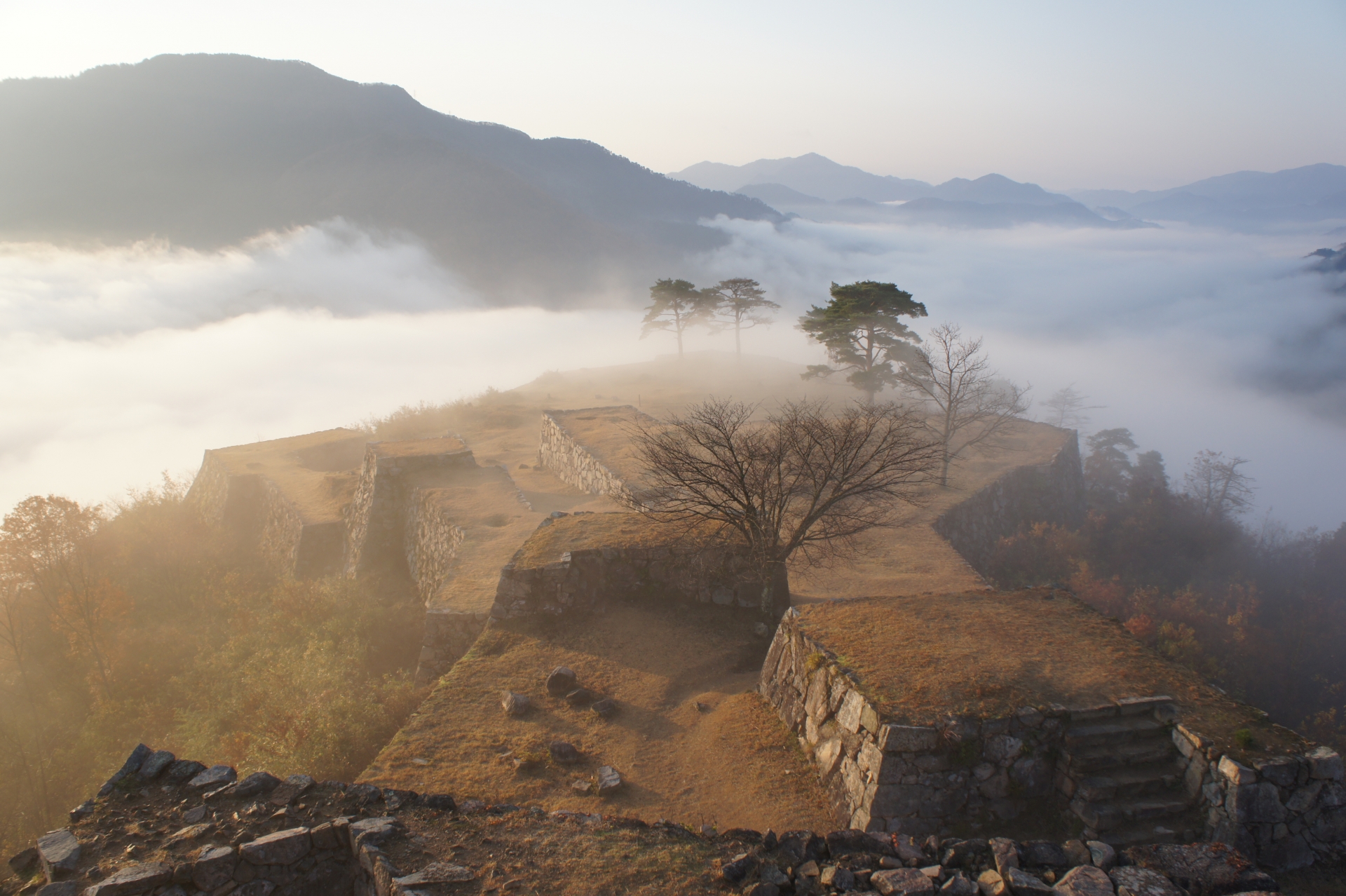
The magnificent stone walls built on the summit of Mt. Kojo at an altitude of 353m are truly a “castle in the sky” when the entire mountain is surrounded by a sea of clouds.
If you climb the ruins of a castle when a sea of clouds occurs, the area around your feet will be completely white, and you will see the sight of floating above the clouds.
It is recommended to visit the place, which is also called “Machu Picchu in Japan”, early in the morning.
If you don’t want to climb the mountain, use the sky bus.
Besshi Copper Mine (Niihama City, Ehime Prefecture)
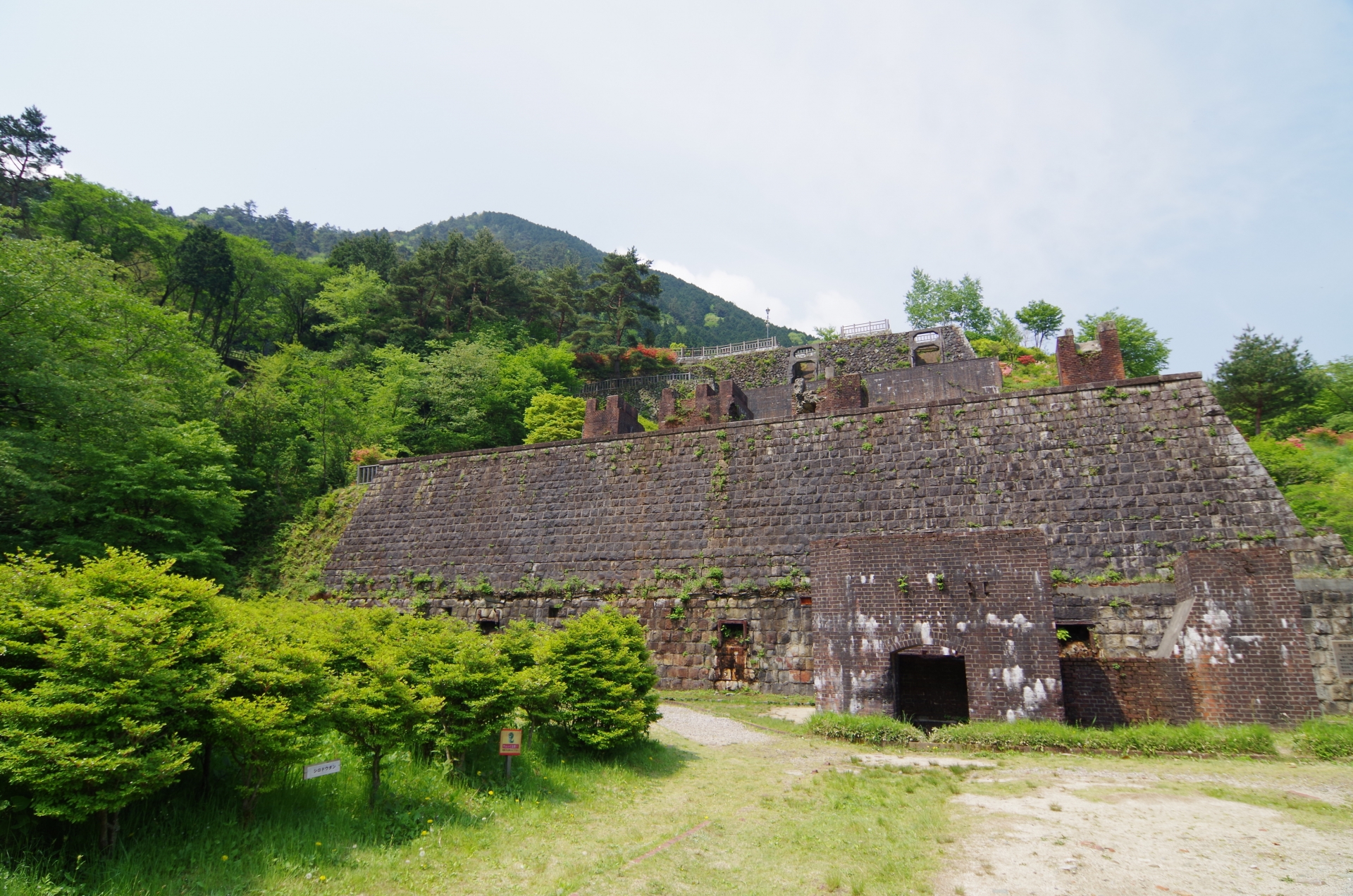
It is a mine trace at an altitude of 750m. “Tounaru”, where the headquarters was located, was a sky city where 10,000 people lived at its peak.
The highlights are the “reservoir trace” made of granite and the “cableway stop trace” made of red brick. It is a spot with a photogenic atmosphere, whether it is exposed to sunlight or surrounded by fog.
Tomogashima (Wakayama City, Wakayama Prefecture)
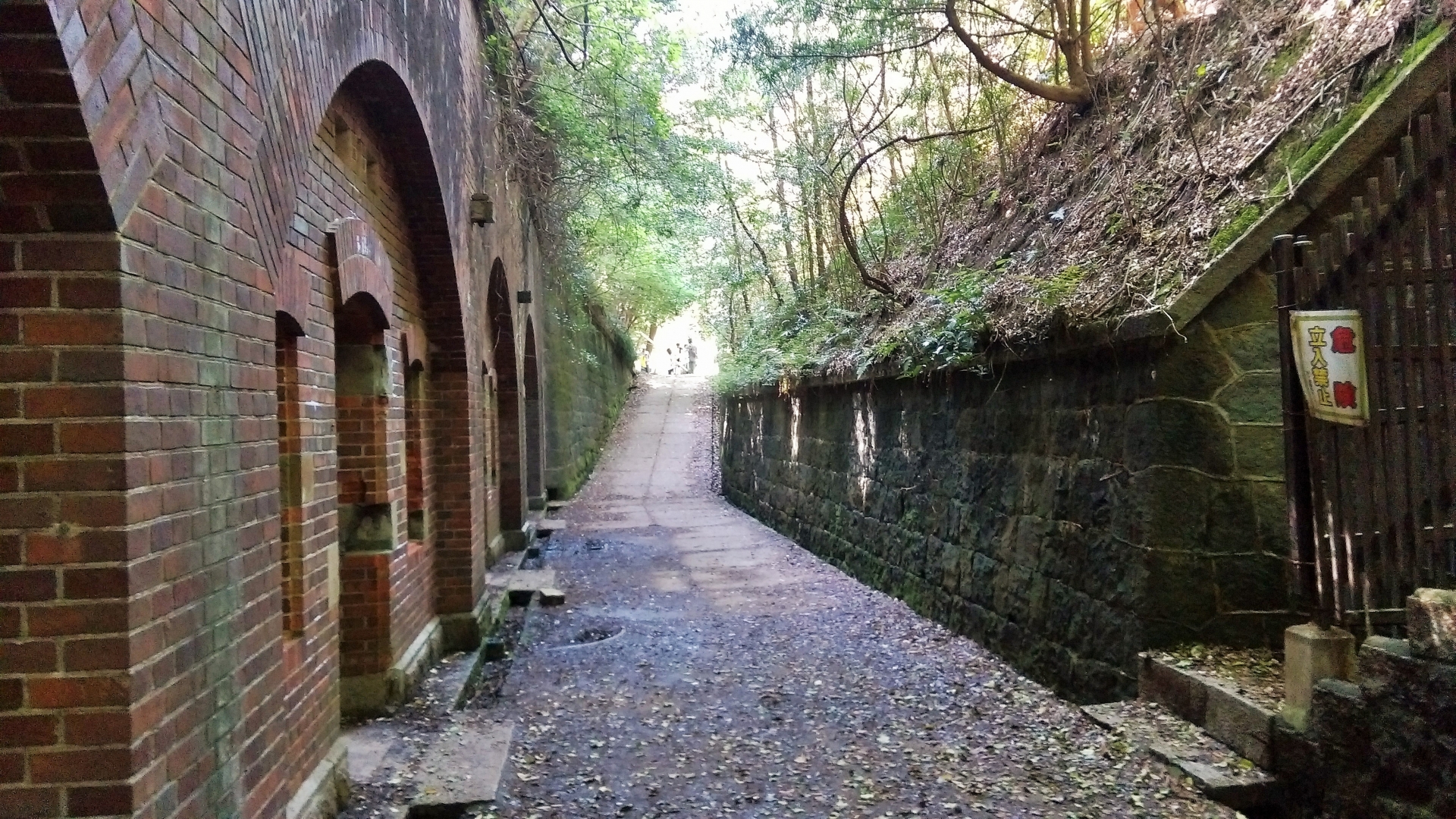
It is an uninhabited island with a fortress built by the former Japanese army. In the early Showa period, when it was involved in the war, it had the role of keeping foreign battleships out of Osaka Bay.
Currently, it is designated as a national park, and a walking course that takes about 1 hour and 30 minutes to visit Western-style lighthouses, observatories, multiple battery ruins, and piers is popular.
In particular, the 3rd Battery Ruins, which you can enter inside, and the 2nd Battery Ruins, which faces the sea and has a perfect atmosphere, are a must-see.
It also has one side as a tropical paradise, crowded with families playing on the beach in the summer.
A spot where the world view of “My Neighbor Totoro” released in 1988 spreads
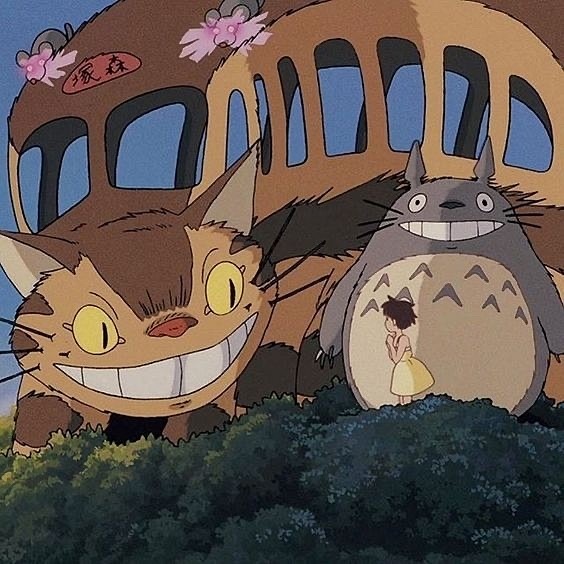
Image source : https://prcm.jp/pic/original-image/id/dfPhDZd?keyword=%E3%83%88%E3%83%88%E3%83%AD&page=19
Sayama Hills (Saitama Prefecture-Tokyo)
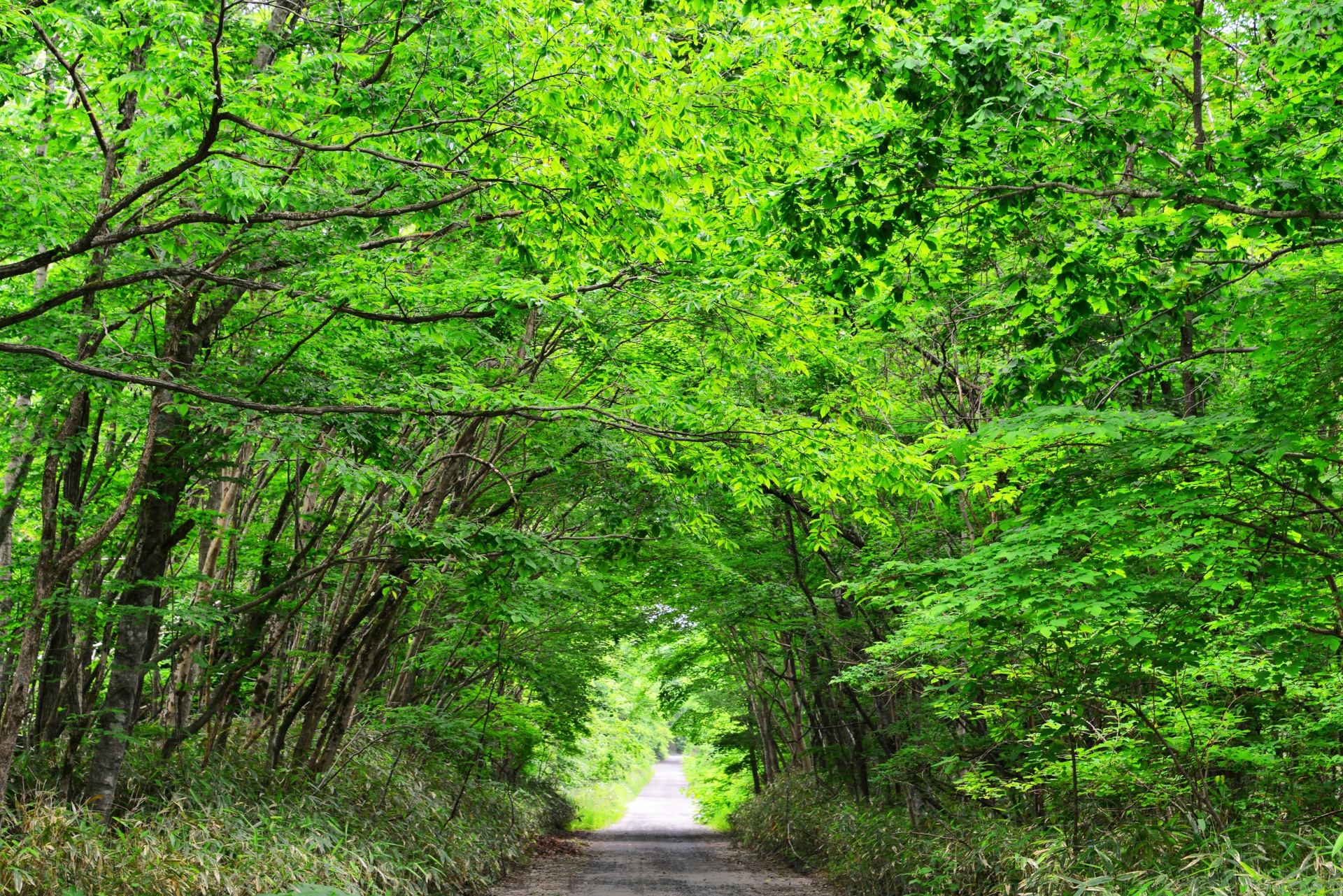
The “Sayama Hills”, which straddles Saitama Prefecture and Tokyo, is a hilly area covered with abundant greenery of 3,500 hectares, and is said to have been the setting for “My Neighbor Totoro.”
Nowadays, it is called “Totoro no Mori” and you can enjoy the world of Totoro by various walking routes.
Nearby, there is a park where you can enjoy the neighborhood atmosphere of Satsuki and Mei’s house, and “Kurosuke’s house” where black and white squirrels are hidden here and there in the facility.
Original character goods are also on sale at Kurosuke’s house.
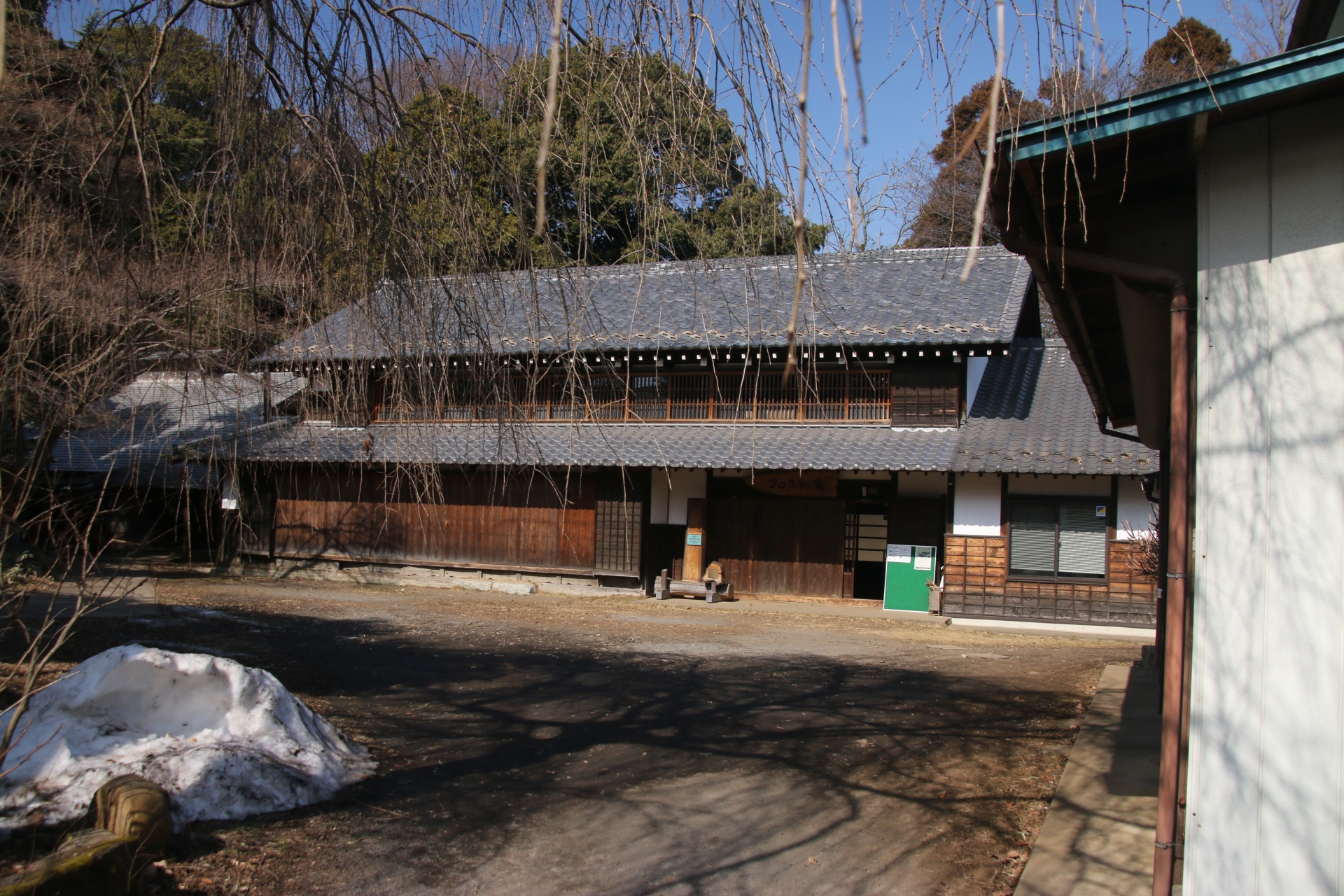
Kurosuke’s house
Tojo-tei House (Matsudo City, Chiba Prefecture)
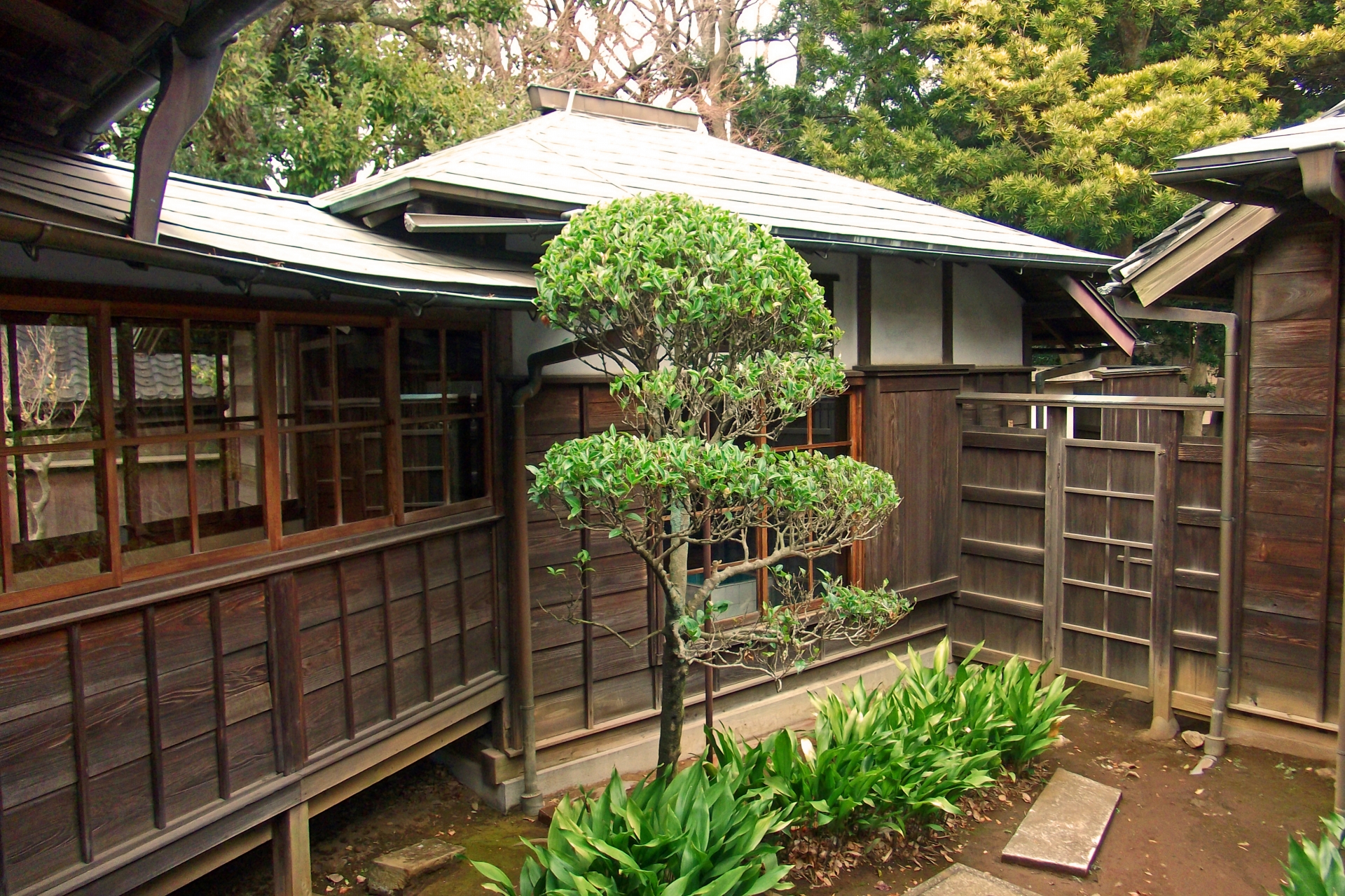
Tojo-tei House, located in Matsudo City, Chiba Prefecture, is the site of a mansion designated as a national important cultural property.
It was built by Akitake Tokugawa, and it has been talked about that its construction is similar to Satsuki and Mei’s house that appears in My Neighbor Totoro.
Don’t miss the wonderful garden that has become a national scenic spot as the “former Tokugawa Akitake Garden (Tojo-tei Garden)”.
It is a spot where you can lie down on tatami mats and look at the garden while enjoying taking pictures like a scene from Totoro.
Totoro Bus Stop (Saiki City, Oita Prefecture)
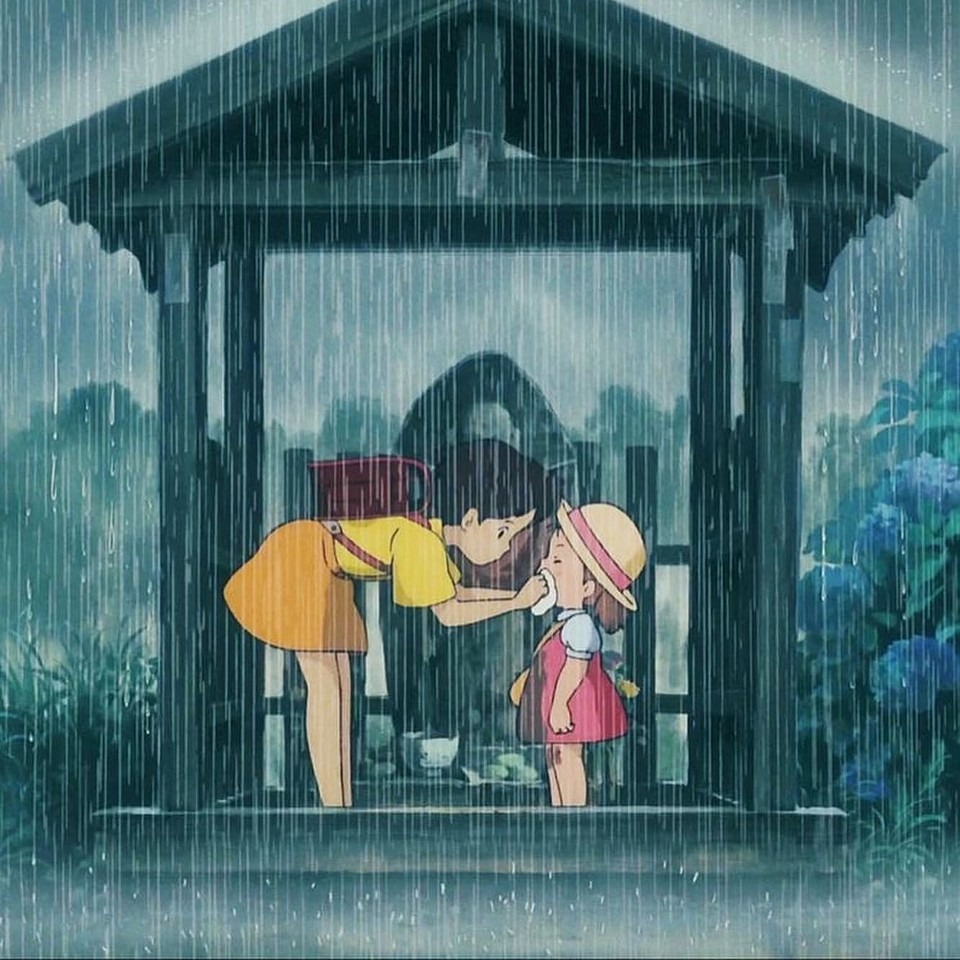
Image source : https://pics.prcm.jp/93c55b1835abc/83993333/jpeg/83993333.jpeghttps://pics.prcm.jp/93c55b1835abc/83993333/jpeg/83993333.jpeg
“Totoro” is a real place name in Ume, Saiki City, Oita Prefecture, and it is said that it was once in the limelight as “Cat Bus Village”.
Due to the abolition of the route, only the community bus in Saiki City is currently used as a bus stop.
If you’re a fan of My Neighbor Totoro, it’s fun to see where Totoro, Mei, and Satsuki were waiting for the bus with their umbrellas.
A little further away is the Totoro Forest, which is lined with many small Totoro that visitors left behind.
Nature that was the setting for “Princess Mononoke” released in 1997
Yakushima (Kagoshima Prefecture)
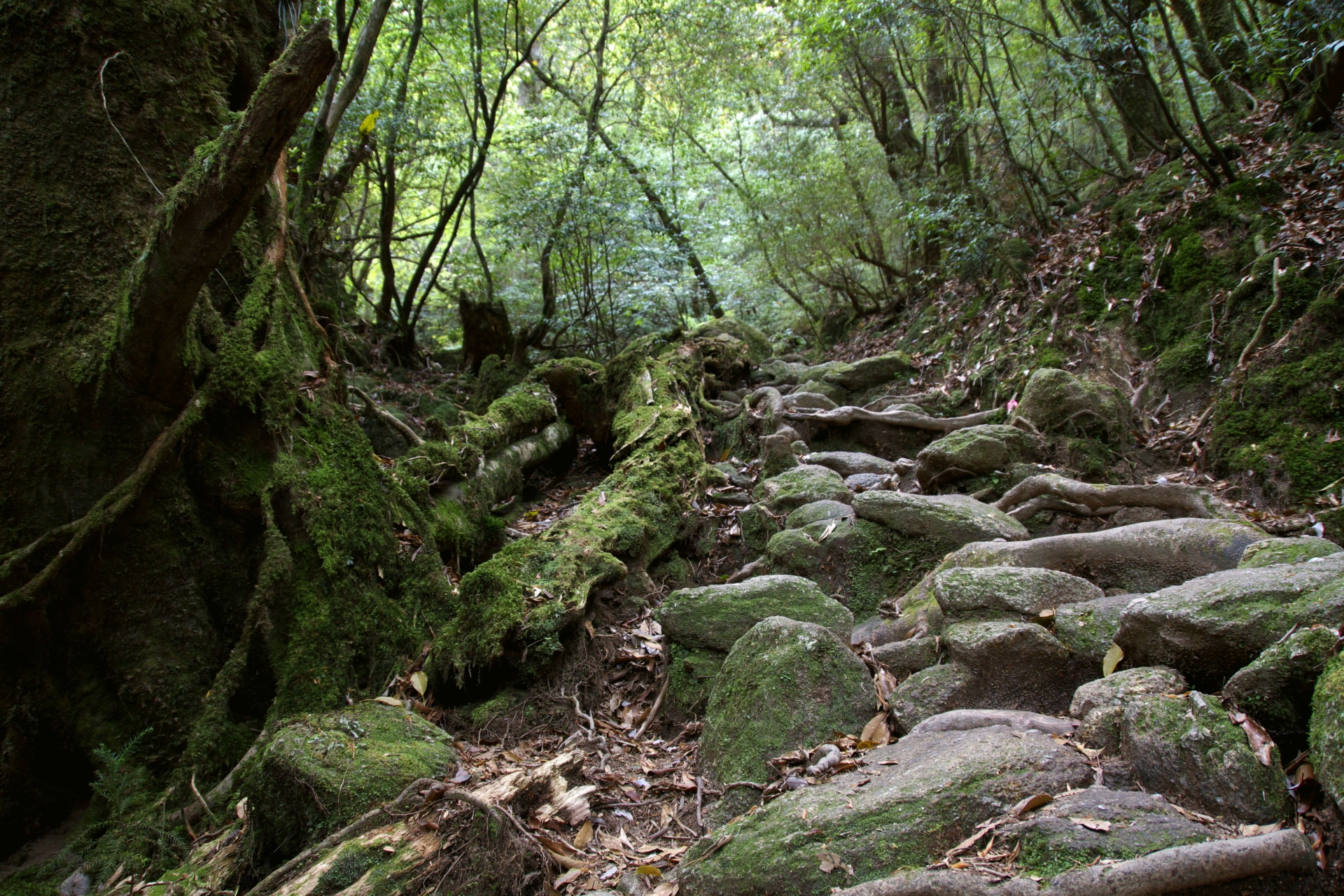
It is said that the trekking spot called “Shiratani Unsuikyo” on “Yakushima”, an island with abundant greenery that has been designated as a World Heritage Site, has become a model for the ancient forest of Princess Mononoke.
Even if you are not a Ghibli fan or have never seen the movie, it is a spot where you can be healed by being exposed to negative ions all over your body.
You will be able to enjoy the world of “Princess Mononoke” there, as if you were peeking through the shade of a rock.
Shirakami Mountains (Aomori Prefecture)

Another place that is said to have been the setting for “Princess Mononoke” is the “Shirakami Mountains,” where a mountainous area with an altitude of 1,000 m spreads over a vast area.
It is also registered as Japan’s first UNESCO World Heritage Site, and is a vast area of natural beech forest that has survived twice as long as usual and is over 400 years old.
You can enjoy the great outdoors while following the well-maintained walking course, which has a spectacular spot “Aoike” where you can enjoy a clear blue and mysterious view on the fluffy walking path where humus is piled up.
Conclusion
We introduced tourist spots all over Japan where you can enjoy the world of three works.
Whether you are a Ghibli fan or not, you will surely be fascinated by the places. If you will visit them, we recommend that you watch the films again in advance.

